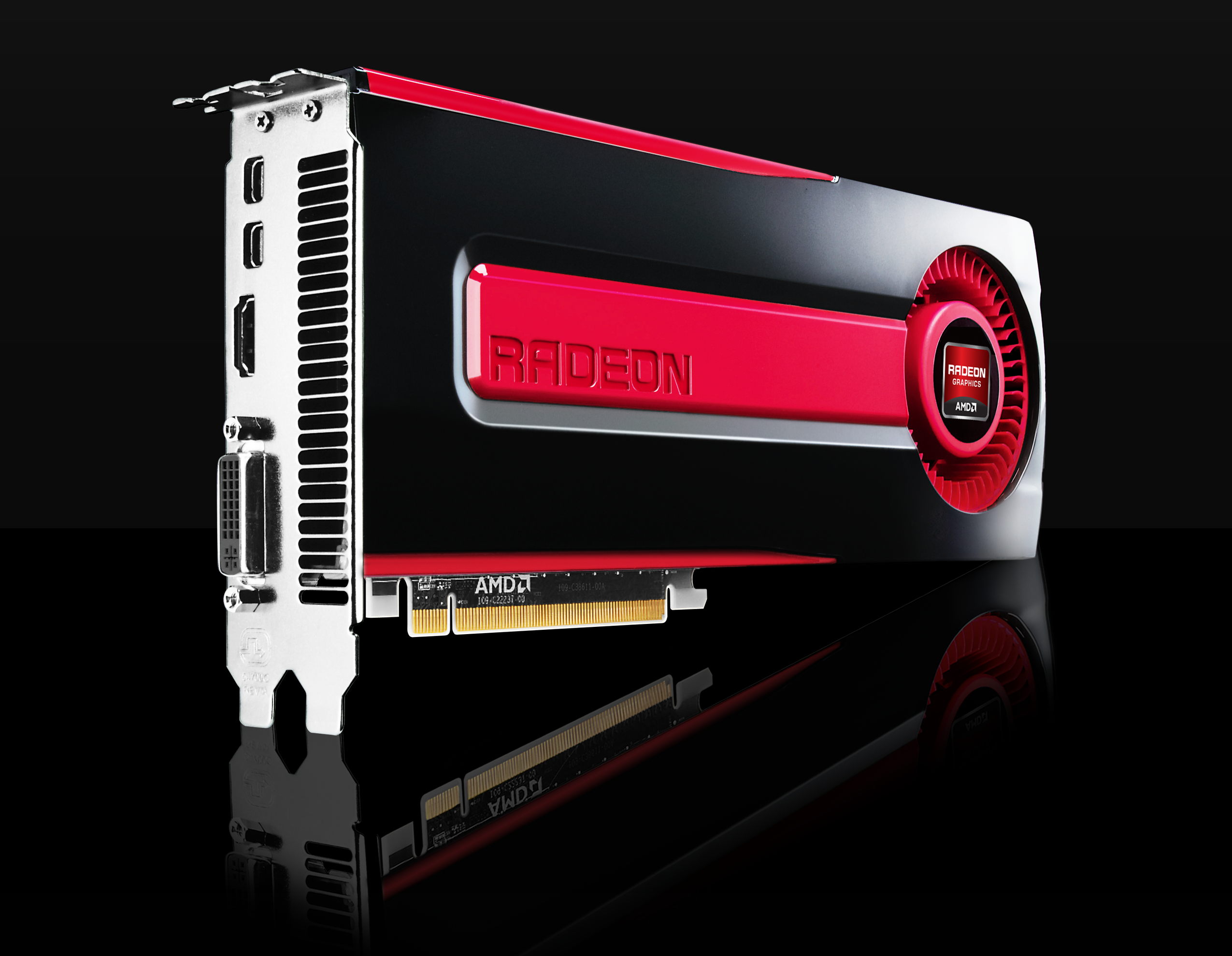Why you can trust TechRadar
It's almost a shame AMD released the HD 7970 first when it could have had an instant hit, and a lot of good feeling over a month ago with the AMD Radeon HD 7950.
Though obviously people wouldn't have been quite so inclined to spend out for a HD 7970 when the cheaper card was just as capable a pixel-pusher.
But still, none of that can take away from the fact that the AMD Radeon HD 7950 is an excellent graphics card.

It's not just the AMD in-fighting that places this card at the top of the current crop of graphics cards.
We've been pushing the Nvidia GeForce GTX 580 as the go-to gamer's card since it was released, but the HD 7950 has that beat and for a good chunk of cash less than the Nvidia card.
And that's just at stock speeds. When you start overclocking this card the difference in performance increases hugely.
Even if you've never overclocked a graphics card in your life you owe it to all the engineers who worked on the Tahiti GPU to push it north of the 1GHz mark.
The reference cooler design, with its vapour chamber technology, is easily capable of absorbing the extra heat so the chance of causing any damage in doing so is negligible.
And all you need to do is bring up the AMD driver panel and push a couple of sliders.
Job done, instant, awesome frame rates.
Inevitably there are a host of factory overclocked Radeon HD 7950s on their way, like the Sapphire Radeon HD 7950 OverClock Edition, which will allow you to push the GPU even further.
The AMD HD 7950 could also be a massive hit for the CrossFire crew too, as for $1,000 you'll find yourself with an insanely quick graphics setup.
And for $450 less than an equivalent HD 7970 array.
Speaking of CrossFire too, it's worth mentioning that, like its big brother, the HD 7950 comes with the impressive AMD ZeroCore power tech.
That means if you've got a pair of GPUs running in your machine they'll only both be drawing power when you run a game. In normal desktop mode the second GPU switches off entirely, reducing power draw and unnecessary fan noise.
The primary GPU will also shut itself off almost entirely when the rig's screen goes into standby too.
For such power hungry gaming rigs these power saving functions are vital, and very, very welcome.
So AMD has got itself a real winner here with the HD 7950, even if it will inevitably cannibalise the sales of the pricier HD 7970.
We liked
The stock performance of the HD 7950 is impressive, but it's the amount of head-room for overclocking that Tahiti Pro core represents which really makes this card.
The ZeroCore Power tech is another of our favourite things about the HD 7950. Realistically you'll never notice it in action, but it will be there, saving you money unobtrusively in the background.
We disliked
The only thing to dislike about the card is the fact the clockspeed has been set so artificially low. Thankfully though AMD hasn't locked the overclocking possibilities down as it did with the HD 6950.
We did try flashing the BIOS of our reference HD 7950 to see if we could re-enact the fun we had unlocking the dormant cores in the Cayman GPU with the HD 6950.
Sadly while we were able to boot with the HD 7970 BIOS on the HD 7950 it didn't unlock the extra 256 Radeon Cores. And it didn't help with stability either…
Verdict
The AMD Radeon HD 7950 is one hell of an impressive pixel-pusher, and Nvidia is going to have to work incredibly hard with its Kepler cards to best this excellent card.
